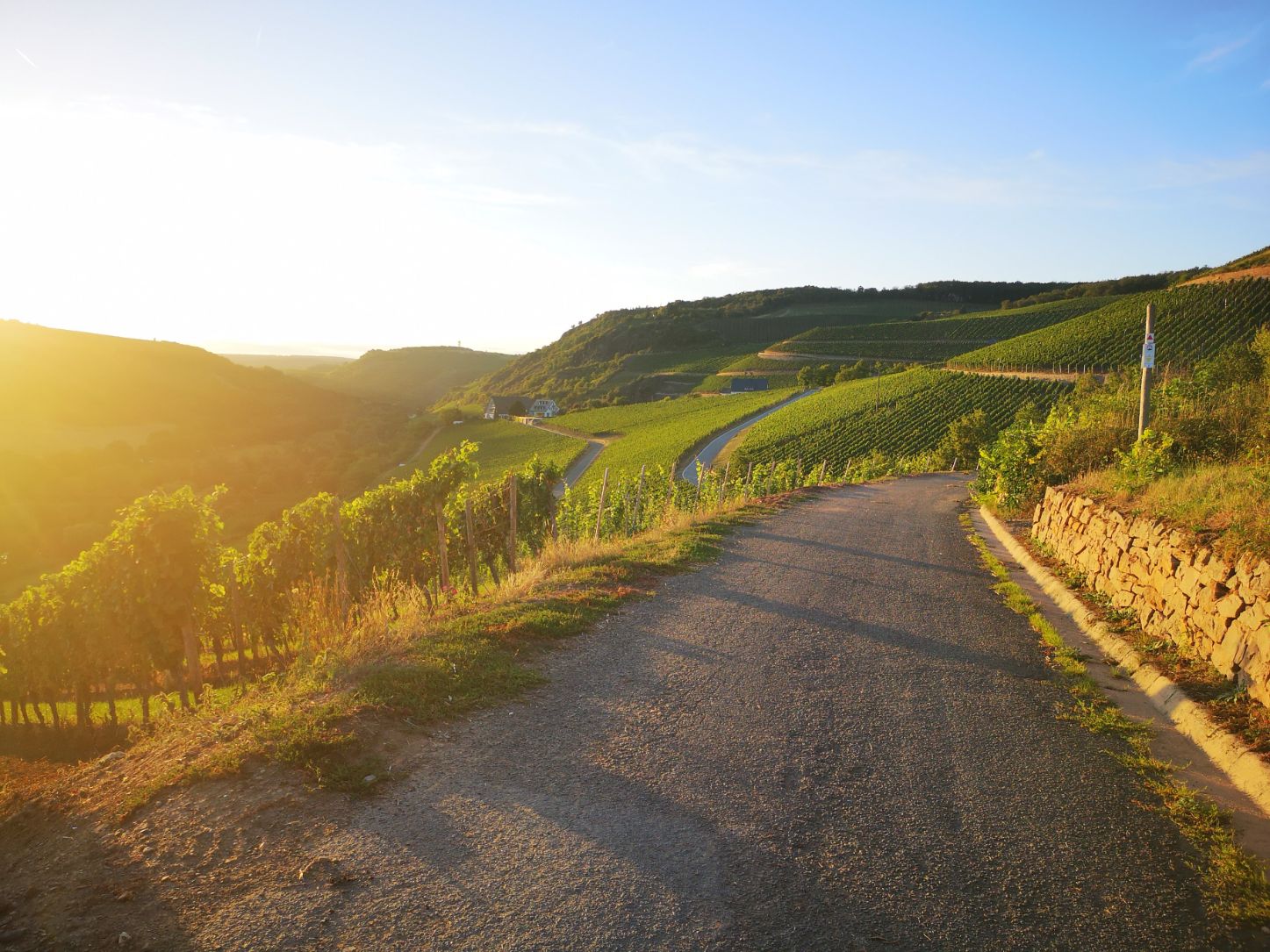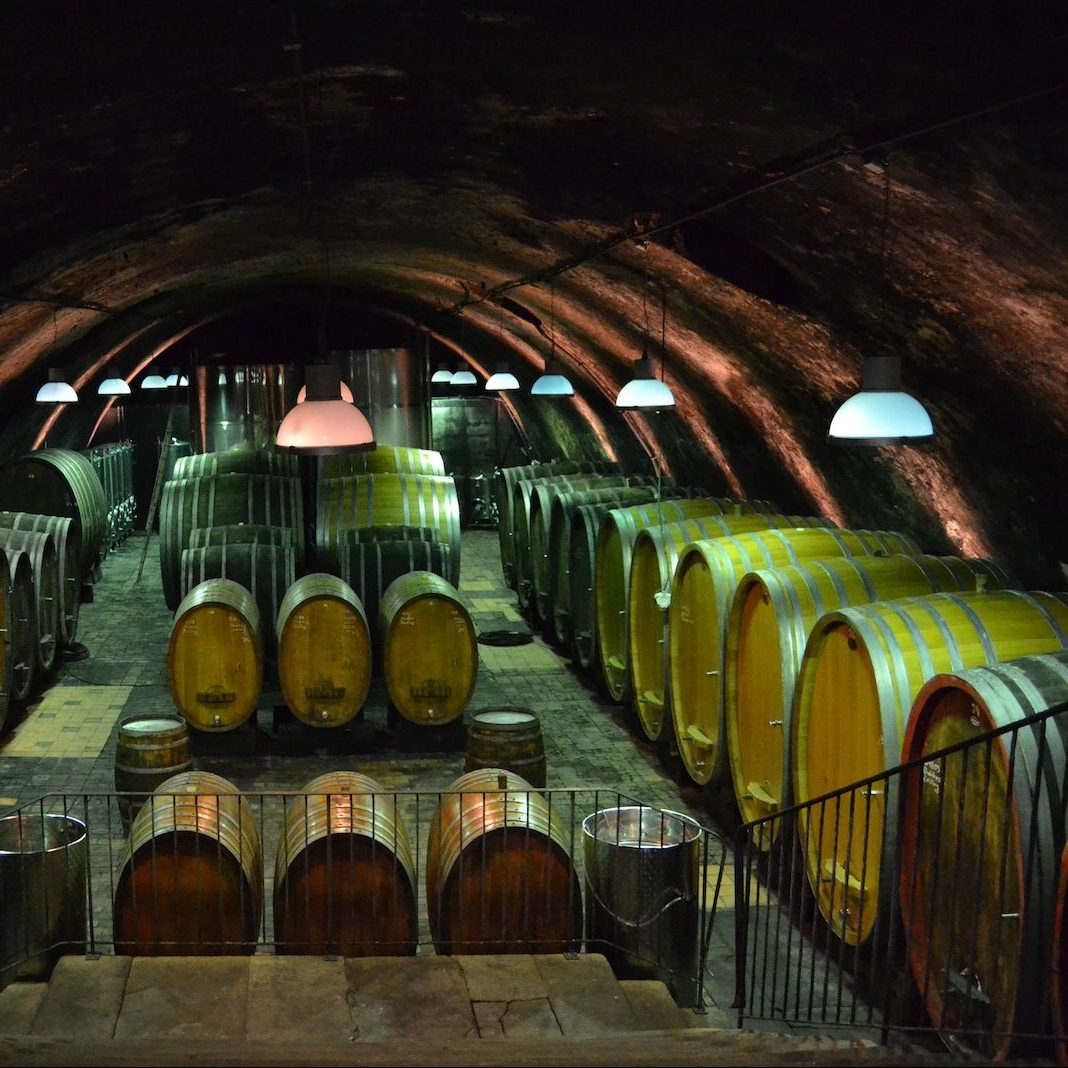
Schloss Johannisberg’s 2019 Grünlack wine was our No. 2 wine for the global Top 100 2020, and our No. 1 wine for Germany.
While the virus was ravaging Germany, the nation’s wine industry quietly released a slew of sensational wines that pushed us to write a headline for our 2020 Germany Report asking if 2019 is Germany’s 100-point vintage. For me, it was a breathtaking experience realizing what had happened and piecing together the story of how this great achievement came about. That sort of thrill is what being a career wine journalist is all about.
The case for that headline being true is particularly compelling if you taste the dry riesling GGs that are now the German wine industry’s most important high-end export product. The 2019 vintage dry rieslings were invariably better than those from the very impressive 2017 vintage, also the stunning but much rarer peaks of the 2007 vintage, and anything else I can remember before that. I started tasting German wines seriously with the young 1983s, and good dry German riesling was extremely rare during the two decades prior to that, so this statement covers the entire modern period.
- Philipp Wittmann selects the grapes from the latest harvest.
- In the Wittmann cellar all the dry rieslings are matured in neutral wood.
Just take a look at the Top 10, of which six wines are dry riesling GGs, four of which rated 100 points, something I would never have believed possible a decade ago. I suggest that it’s impossible to find any dry whites from Planet Wine that are better than the Wittmann Riesling Morstein GG 2019 from Rheinhessen (No. 2), the Dönnhoff Riesling Dellchen GG 2019 from the Nahe (No. 3), the Wagner-Stempel Riesling Heerkretz GG 2019 from Rheinhessen (No. 4) or the Riesling Brünnenhäuschen Abts E GG 2019 from Keller in Rheinhessen (No. 7). All these wines are very concentrated and pristine with a stunning elegance and will age for decades.
And there would have been more 100-point wines in this style in the Top 100 of Germany if we hadn’t eliminated all wines produced in limited quantities. Thankfully many of the GGs from leading producers have production runs of 5,000 to 15,000 bottles per vintage and at this scale it’s possible to achieve the kind of distribution that means you, the reader, have a good chance of finding some of these stunning dry rieslings. That’s why we focused on these wines as much as possible. It’s important to point out that some well-known producers such as Dr. Burklin-Wolf in the Pfalz and or Carl Loewen in the Mosel, are only to be found in the lower ranks of the Top 100 Germany, solely because their most exciting wines were produced in quantities too small to make the list. This was often due to the small parcels of vineyard they own in top sites. A couple of other producers with a policy of doing many smaller bottlings rather than a few larger ones like Markus Molitor in the Mosel limited their presence on the list by this policy. The 2020 Germany report makes it clear how much we admire these wines.

Sunset in summer 2019 above the village of Oberhausen in the Nahe with Gut Hermannsberg’s steep riesling vineyards basking in the sun.
The other thing that stands out when you look at the Top 10 is the presence of two red wines from the spatburgunder grape, as most German producers refer to pinot noir. Both Thorle’s Spätburgunder Hölle 2018 from Rheinhessen (No. 5) – not a GG, but made according to those standards – and Furst’s Spätburgunder Hunsrück GG 2018 (No. 8) from Franken rated 99 points. It’s the first time we gave that score to German reds. The 15 other red wines from this grape further down the Top 100 prove that the best pinot noir producers of Germany have made enormous progress in recent years. There are also three reds from other grapes that show how climate change and new winemaking skills are revolutionizing German reds, most notably Albrecht Schwegler’s imposing and plush Granat 2016, a cuvée from Württemberg (No. 82).
You might be wondering why I didn’t start by singing a hymn of praise to the wine we placed first, our German wine of the year: Schloss Johannisberg’s Riesling Spätlese Grünlack 2019 from the Rheingau. That’s because it’s a story completely unto itself, and not only because it has a breathtaking mineral freshness that makes you forget how this is a medium-sweet white and just want to bathe in its extraordinarily complex aromas. I literally almost fell of my chair when I tasted it for the first time! The fact that this style of wine was invented at this estate back in 1775 gives this wine enormous symbolic importance for riesling, the Rheingau and Germany as a whole.
- Stuart Pigott tastes with Ernst Loosen of Weingut Dr. Loosen, which now has 11 dry single-vineyard GGs in the range.
- One of the steep, volcanic soil vineyards of the Donnhoff winery in Germany. The Dönnhoff Riesling Nahe Hermannshöhle GG 2020 was one of our top-scoring wines in Jully.
Schloss Johannisberg wasn’t the only one of Germany’s top estates that struggled to live up to a legendary reputation at the end of the 20th century, then returned to top form during the last decade. However, for us there’s a clear difference between producers who regularly crank out wines rating in the 90-95 point range and those who are always pushing for the maximum. That requires an uncompromising approach to both wine quality and character – for us a 100-point wine should be 100% distinctive, not a copy of another wine – and a team that’s totally motivated to put all that into effect. Under director Stefan Doktor, an ex-racing cyclist from Slovakia (!) it’s now doing just that.
Only a generation ago medium-sweet rieslings with low alcohol and high acidity used to be the core of Germany’s high-end wine exports, and there are two 100-point wines of this style in the Top 100, the second being Dönnhoff’s Hermannshöhle Spätlese 2019 from the Nahe (No. 11). However, only a dozen more wines of this category made it on to the list. This is because the style is now a market niche that only a handful of producers focus upon. Most other German riesling producers only make these wines in quantities that fall below our minimum production requirement.
That says everything about how German wine has changed since the last turn of the century as do a small handful of dry wines from grape varieties that never appeared on this list before. The most important of these are May’s 2019 Silvaner Rothlauf GG from Franken (No. 40) which has a sophistication we haven’t experienced before in dry wines from this “workhorse” grape, and Fritz Becker’s 2017 Chardonnay Mineral from the Pfalz (No. 48). The latter is conclusive proof that the world’s favorite white wine grape can also give world class wines in Germany. Expect to hear more about these developments during the next couple of years. Watch this space!
– Stuart Pigott, contributing editor





